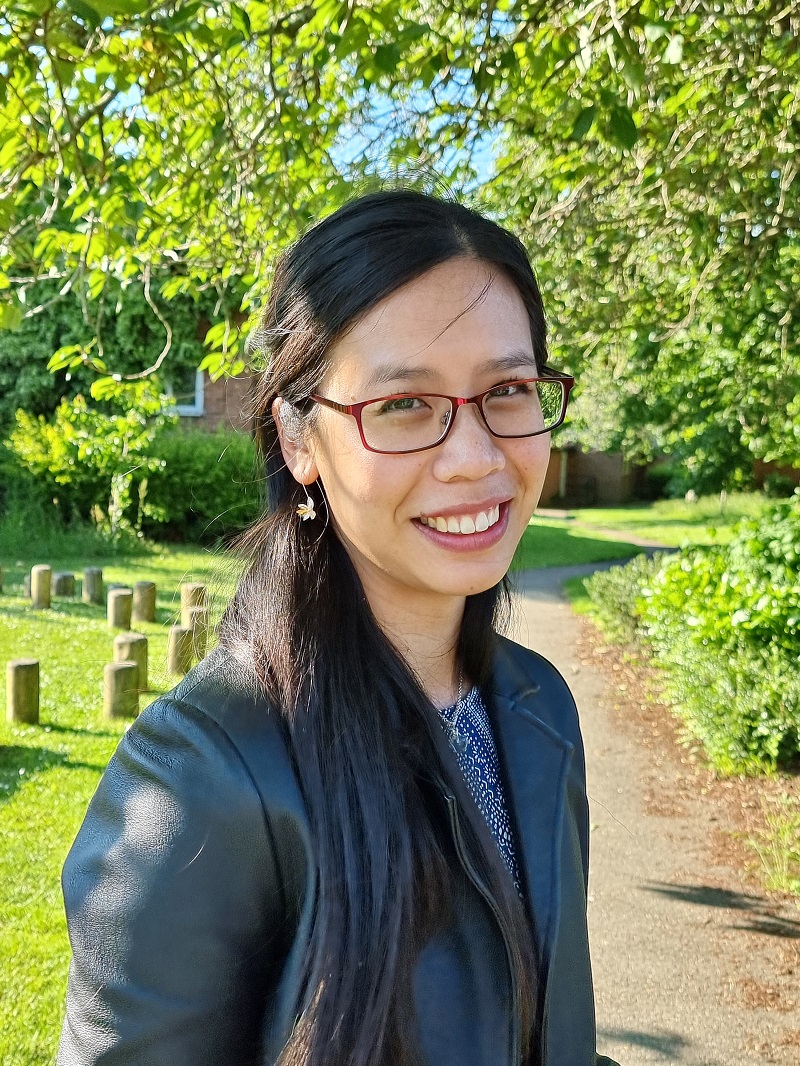PS Seminar Series - When to open or close the door: exploring cell-to-cell communication via plasmodesmata closure in stress signalling
Cell-to-cell communication is essential for the co-ordination of responses in all multicellular organisms. One mechanism plants employ as defence against pathogens is restriction of cell-to-cell communication by plasmodesmata closure during infection.
Speakers
Event series
Content navigation
Description

Abstract: Cell-to-cell communication is essential for the co-ordination of responses in all multicellular organisms. One mechanism plants employ as defence against pathogens is restriction of cell-to-cell communication by plasmodesmata closure during infection. Signalling cascades and the machinery they require, can be specific to subcellular structures such as those observed in plasmodesmata where elicitors can trigger discrete responses. While the Faulkner lab has previously identified specific plasmodesmal receptor complexes for different elicitors, my research aims to identify how these parallel signalling cascades converge on the same response of callose synthesis and plasmodesmal closure. I define a hierarchal immune-signalling model that is triggered following elicitor perception and characterise points of convergence (i.e., central integrators) from these multiple pathways.
From establishing this model of understanding how plasmodesmata close in stress signalling, I expand our on-going research to elucidate why plasmodesmata close, and what happens after they do. This includes projects searching for mobile molecules that move through the symplast for spatial-temporal signalling, time scale experiments showing plasmodesmal regulation impacting transcriptional responses, and how this potentially translates to growth/defence trade-offs with major differences in plasmodesmatal responses in young versus mature leaves.
Biography: Estee Tee completed her double degree of Psychology/Science (Honours) at the Australian National University in 2013. She decided that plants were much more fun and stayed to pursue a PhD with Professor Barry Pogson as part of the Centre of Excellence for Plant Energy Biology. She travelled around Australia and the world a little too much trying to figure out what a retrograde signal is doing in a guard cell, collaborating with Professor Zhong-Hua Chen of Western Sydney University, Professor Matthew Gilliham of University of Adelaide, Dr Michael Wrzaczek of University of Helsinki (now at Institute of Plant Molecular Biology at the Czech Academy of Sciences) and Professor Jaakko Kangasjärvi of University of Helsinki. Estee took up a European Research Council funded postdoc position just before the start of the pandemic in 2020 with Christine Faulkner at the John Innes Centre. While technically changing research fields, she has continued to stare down a microscope to figure out how things work and has been happily stuck at the John Innes Centre ever since…until now!
Location
Please note: this seminar will be held in the Eucalyptus Seminar Room and via Zoom, link below.
Eucalyptus Room, Level 2, RN Robertson Building (46)
Please click the link below to join the webinar:
https://anu.zoom.us/j/82581849440?pwd=y0t4mwjrSONVd3oGRWW2cvaU6mUl2G.1
Webinar ID: 825 8184 9440
Passcode: 617237





